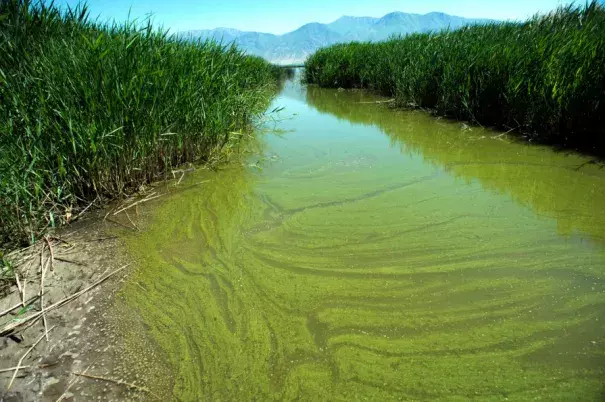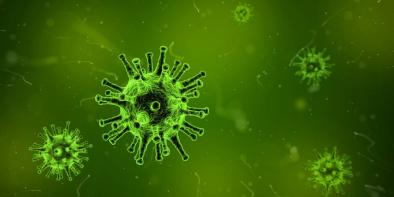Warming drives spread of toxic algae in US, researchers say

The words blasted to cellphones around Oregon’s capital city were ominous: “Civil emergency . prepare for action.”
Within half an hour, a second official alert clarified the subject wasn’t impending violence but toxins from an algae bloom, detected in Salem’s water supply.
Across the U.S., reservoirs that supply drinking water and lakes used for recreation are experiencing similar events with growing frequency. The trend represents another impact of global warming and raises looming questions about the effects on human health, researchers say.
“When water bodies warm up earlier and stay warmer longer ... you increase the number of incidents,” said Wayne Carmichael, a retired Wright State University professor specializing in the organisms. “That’s just logical, and it’s being borne out.”
Technically called cyanobacteria, the ancient class of organisms that create the blooms are present nearly everywhere water is found but thrive in warm, still bodies like lakes and ponds. They also create a unique class of toxins, the impact of which on humans is only partly understood.
Long linked to animal deaths, high doses of the toxins in humans can cause liver damage and attack the nervous system. In the largest outbreaks, hundreds have been sickened by blooms in reservoirs and lakes, and officials in some areas now routinely close water bodies used for recreation and post warnings when blooms occur.
Related Content





